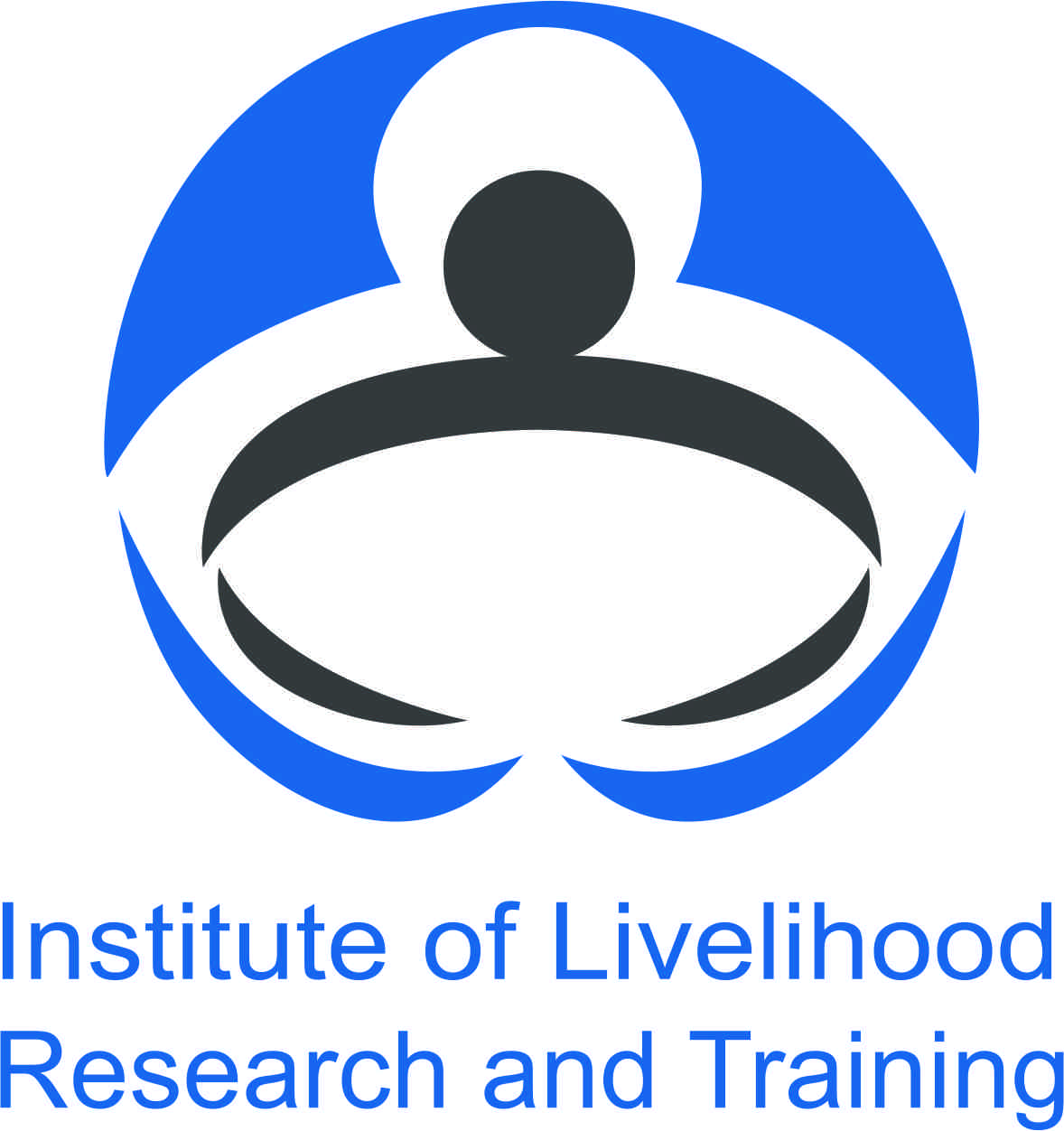Pulmonary high blood pressure (PH) is a complex and also progressive condition characterized by high blood pressure in the arteries of the lungs. It can result in different symptoms and also problems, making precise medical diagnosis as man plus capsules well as category essential for reliable management. The Globe Health And Wellness Organization (WHO) has actually defined 5 various teams, or classifications, of pulmonary high blood pressure based upon their underlying reasons as well as hemodynamic accounts. Comprehending these teams can help medical care professionals give the most appropriate therapy and also support for people with PH.
Pulmonary high blood pressure WHO teams are identified as complies with:
Group 1: Lung Arterial Hypertension (PAH)
Team 1 PH, also called lung arterial hypertension, is defined by the constricting and stiffening of the pulmonary arteries, leading to enhanced resistance to blood circulation. PAH can be idiopathic, hereditary, or related enerflex medicamento to other conditions such as connective cells diseases, HIV infection, or certain medication and toxic substance exposures. Symptoms may consist of lack of breath, exhaustion, breast pain, and fainting. Therapy alternatives for PAH include vasodilators, endothelin receptor villains, as well as prostacyclin analogues.
Common conditions associated with Group 1 PH include:
- Connective tissue illness (e.g., systemic sclerosis, systemic lupus erythematosus)
- HIV infection
- Portal high blood pressure
- Genetic heart conditions (e.g., atrial septal defect, ventricular septal defect)
- Medication as well as toxin direct exposures (e.g., anorexigen, methamphetamine)
Group 2: Lung Hypertension due to Left Heart Disease
Team 2 PH is triggered by left-sided heart conditions that lead to raised pressure in the pulmonary veins and also veins. One of the most common root cause of Group 2 PH is left ventricular systolic or diastolic dysfunction, additionally referred to as heart failure with preserved or lowered ejection fraction. Signs of Group 2 PH can include shortness of breath, swelling in the legs, tiredness, and exercise intolerance. Treatment focuses on taking care of the underlying heart condition as well as optimizing heart feature.
Team 3: Lung Hypertension because of Lung Illness and/or Hypoxia
Team 3 PH is related to substantial lung illness and also persistent hypoxia, which results in constraint as well as improvement of the lung arteries. Conditions such as chronic obstructive lung illness (COPD), interstitial lung illness, and sleep-disordered breathing can add to the development of Group 3 PH. Effects might include lack of breath, coughing, hissing, and workout intolerance. Therapy involves taking care of the underlying lung condition, enhancing oxygenation, and lung rehab.
Group 4: Chronic Thromboembolic Lung High Blood Pressure (CTEPH)
Team 4 PH is an outcome of persistent thromboembolic blockage of the pulmonary arteries, leading to increased stress and also resistance. It is typically a repercussion of unsolved acute pulmonary blood clot or recurring embolic occasions. Signs and symptoms might include lack of breath, upper body discomfort, tiredness, and also swelling in the legs. Therapy alternatives for CTEPH include surgical thromboendarterectomy, pulmonary endarterectomy, or balloon pulmonary angioplasty.
Group 5: Lung Hypertension with Uncertain Multifactorial Systems
Team 5 PH includes a heterogeneous team of problems that do not fit right into the other groups. These conditions might consist of blood conditions, metabolic disorders, systemic problems, and also various other rare conditions. The hidden devices adding to Team 5 PH are frequently unclear as well as need further examination. Therapy choices depend upon the specific underlying reason and also symptoms existing.
Conclusion
Understanding the various pulmonary hypertension that teams is necessary for exact diagnosis as well as suitable management. Each group has distinctive reasons, signs and symptoms, as well as therapy techniques. By determining the specific group, healthcare experts can supply tailored treatments to improve people’ lifestyle and prognosis. If you suspect you or a liked one may have pulmonary high blood pressure, it is important to consult with a medical care expert for appropriate evaluation and also medical diagnosis.

